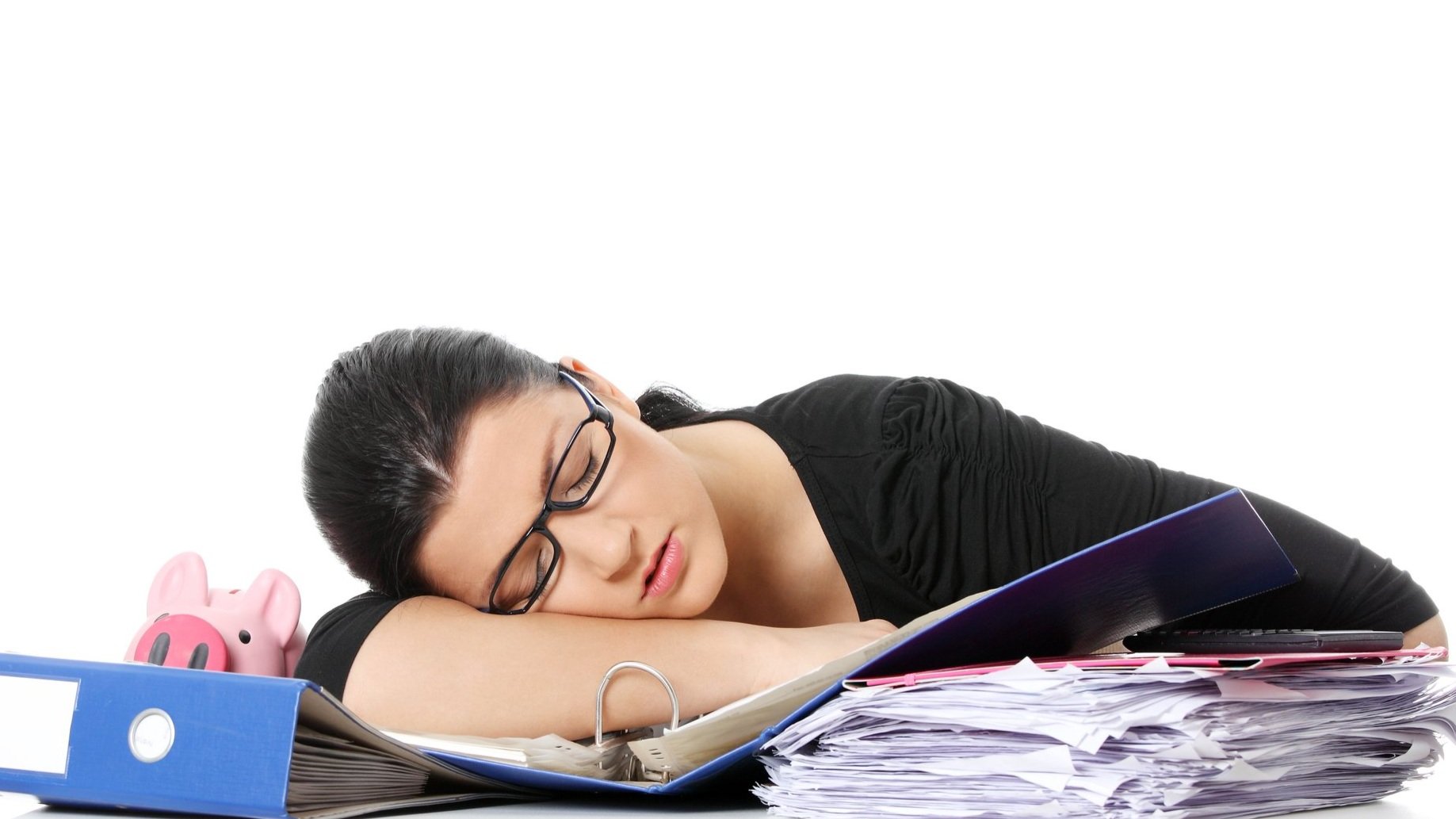I began my work as a reflexologist in my home town of kidderminster ten years ago and have regularly enjoyed learning new techniques to help benefit my clients. These have included a wide variety of training such as maternity reflexology and baby reflexology.
I have for many years been aware of a technique called vertical reflexology (VRT). This form of the therapy involves working on the feet whilst in a standing, weight bearing position. I have looked at VRT over the years but felt that it was not something I wanted to explore further because my treatments focus on promoting deep relaxation which I did not feel could be achieved when asked to stand. After reading a number of studies, however, reporting strong results form VRT I decided it was time try it out!
I trained with the Booth Method last year and have been working on the technique with my nearest and dearest over the last few months. Whenever I add a new element to my work I believe it is important to hone my skills and look at the results before introducing then to my clients. My friends and family are always keen to offer me their feet! This enables me to explain the experience and the benefits with complete confidence.
What is Vertical Reflexology Therapy?
VRT is a unique technique where the feet are briefly treated in a standing, weight bearing position. It was originally developed by Lynne Booth to help musculoskeletal conditions. The therapy has now expanded to have a universal application just as traditional reflexology. Working on the feet in this position results in deeper responses for the client. For some the pressure can feel very much stronger than traditional reflexology. I was working on my partner, for example, who was experiencing acute wrist pain and when working the reflex area for his wrist whilst standing the discomfort was intense but resulted in a good reduction in wrist pain. I have found throughout my VRT work since training that the brief standing treatment can be uncomfortable for some but the results are quick and impressive.
VRT can be incorporated into a traditional reflexology session with a brief period of standing treatment before reclining in the chair. The standing element of the session is only around 6 - 10 minutes long allowing plenty of time to enjoy the relaxation benefits of traditional reflexology. At Breathe Holistic Therapy many clients appreciate a 90 minute appointment which allows time for holistic reflexology and specific techniques such as VRT. This provides a fantastic balance of specific focused work and holistic relaxation.
Lynne Booth the developer of VRT has worked extensively with sports injuries and for over ten years she has been part of the medical team at Bristol City Football Club. Lynne works with the coaching staff and players to address injuries as well as issues such as sleep and anxiety. The very knowledge that VRT has been employed by the team for so many years is a strong testament to the power of this therapy. I plan to share more details relating to specific studies including the work at Bristol City in future blog posts.
If you would like to know more about VRT or to book your appointment please do contact me.
For more details of treatments available and prices please click here.

